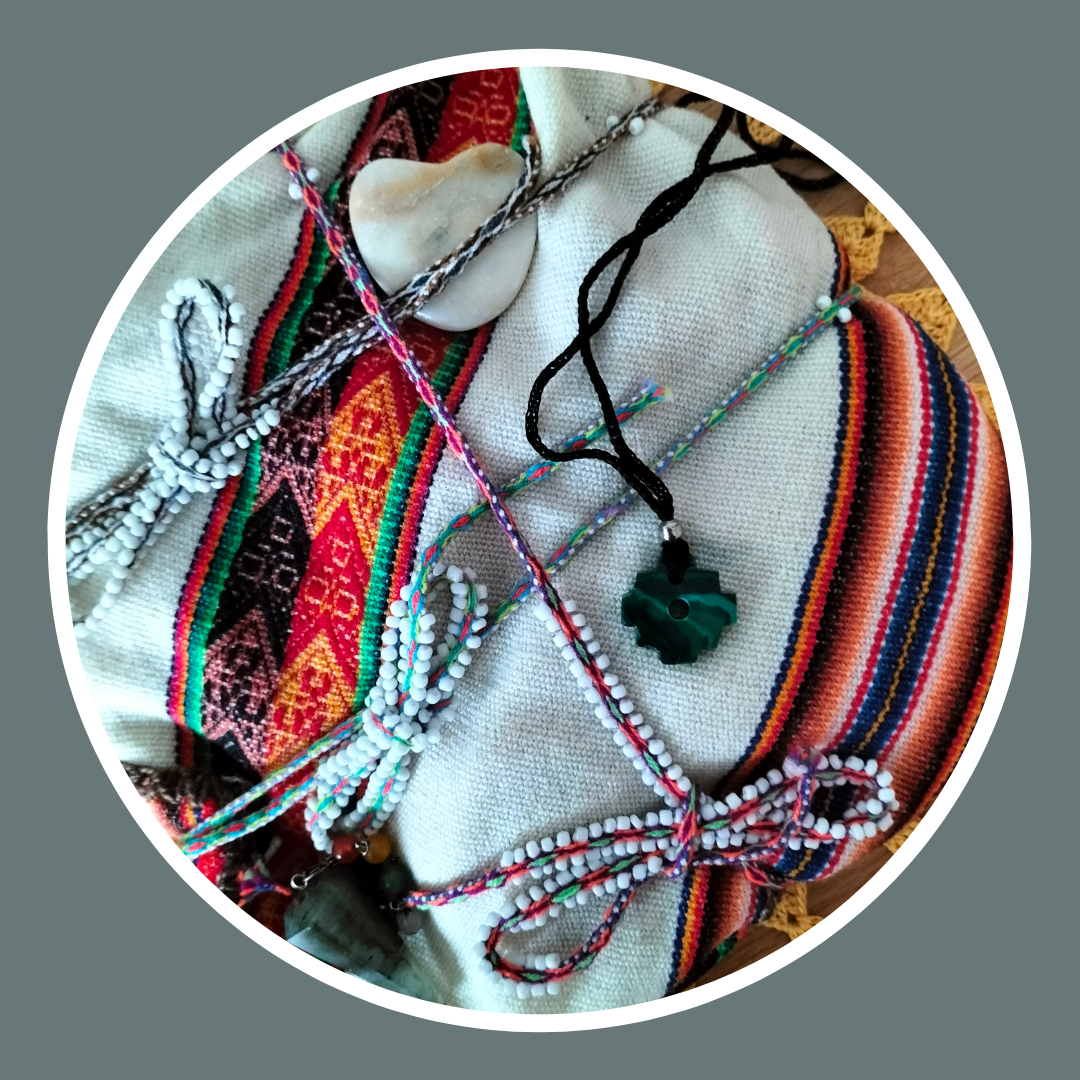Quest for the Cross: A Journey of Symbolism and Healing
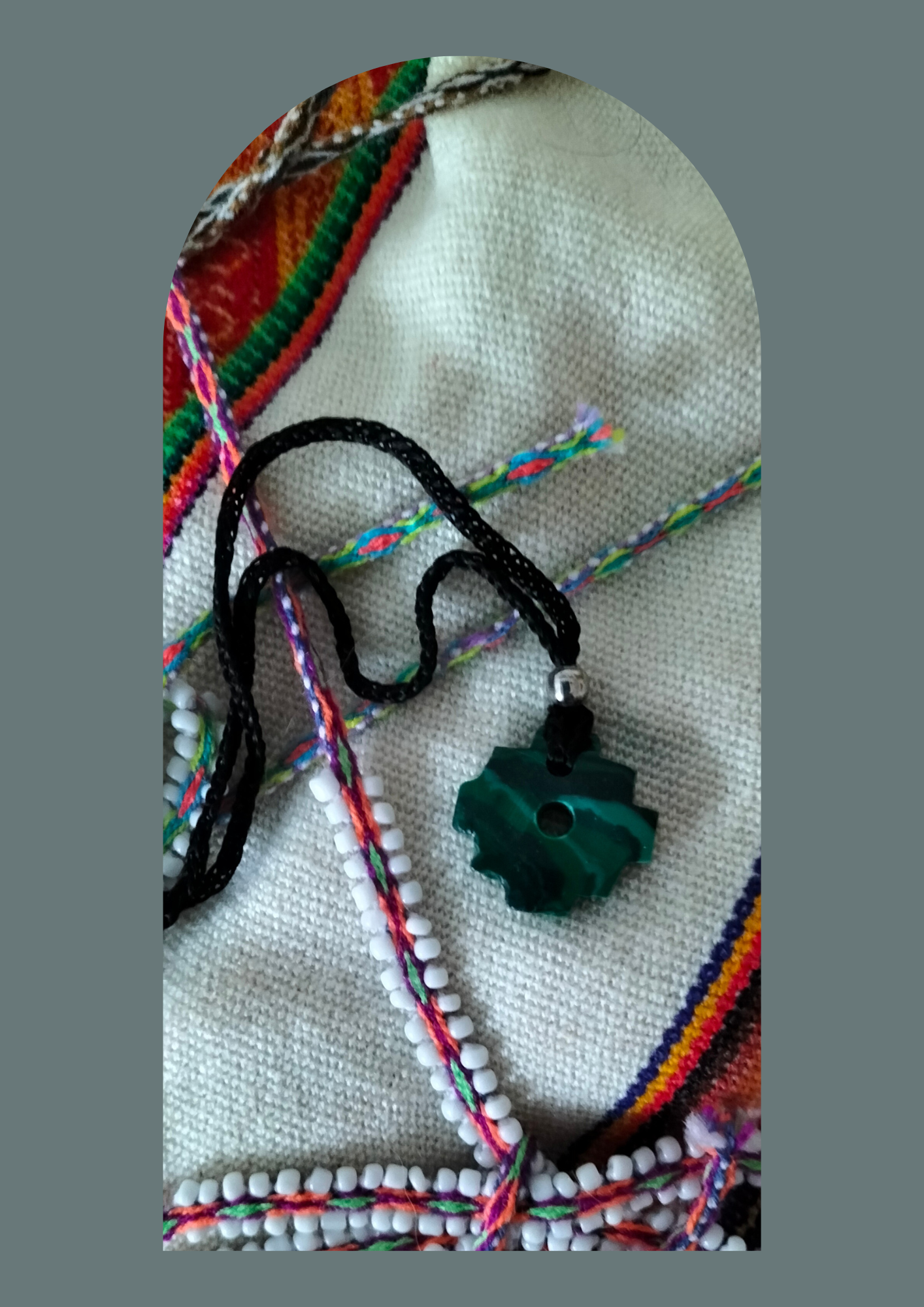
Andean Cross
The image on the left depicts an Andean Cross, known as Chakana, representing the Inka cosmology and an extension of the medicine wheel. The malachite pendant captures the intricate and mysterious essence of this symbol.
Surprisingly, this piece found its way to me as an unexpected gift. This deep-green jewel was presented to me alongside the ordered cloth for my mesa.
As a symbol, the Andean cross entered my life during a period of profound distress, as I grappled with the suffering of my mother in her final year. Seeking solace from overwhelming fear, I delved into the cosmology embedded in the Andean cross and began studying shamanic healing in courses offered by the Four Winds Society.
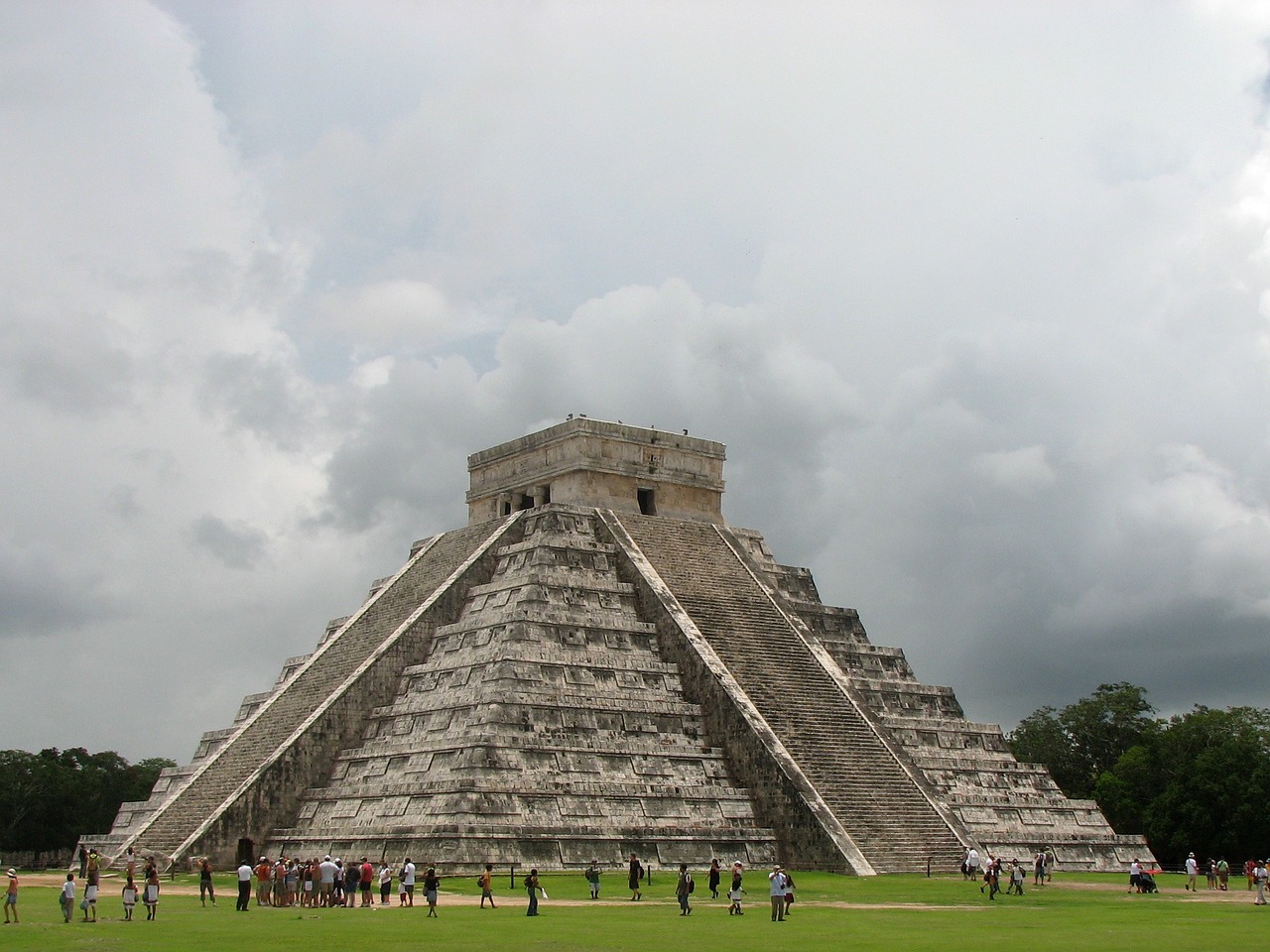
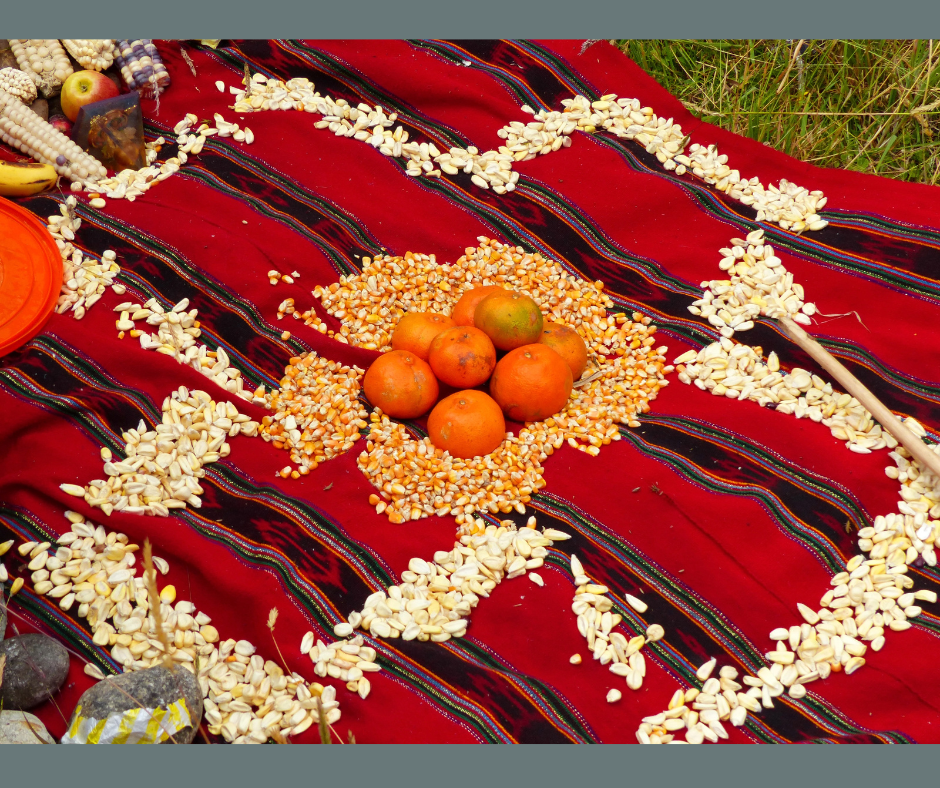
What this Cross Stands for
The pyramid of Chichen-Itza embodies harmony between three realms – the middle, upper, and lower world – much like the world tree. Within the heart of the pyramid lies a sacred pathway for the shaman to journey between the worlds.
Grateful to mother earth, Pachamama, Andeans arrange corn and fruit in the pattern of the Chakana on a ritual sheet.
Pachamama and the celestial father, Intitaita, are completing forces. Andeans perceive the universe as a creative and evolving entity, in which we all play a role as co-creators. And in the Chakana cosmology is united with ethics and human rights.
Love and mutual respect among all beings build the concept of Munay, while Ayni has us strive for harmony through reciprocity. Here, even stones are imbued with the creative life force of the universe.
A Revelation
A few months after the arrival of my malachite Chakana, an unexpected insight broke through the liminal spaces of consciousness. I came across a passage in Robert Johnson’s book (He), where he recounted a legend of King Arthur. The king – on a quest for true love – encountered „a pagan Muslim in search of the true cross“.
Struck by lightning, I saw parallels between myself and the pagan. We were both on a quest for the true cross. This realization prompted me to reflect on how I differed from my family, as my mother once referred to me as a little Welsh devil. What had distanced me from the Christian cross? and had I been on a quest for a true cross since early childhood? Why had it been easy for me to accept the Andean Cross?

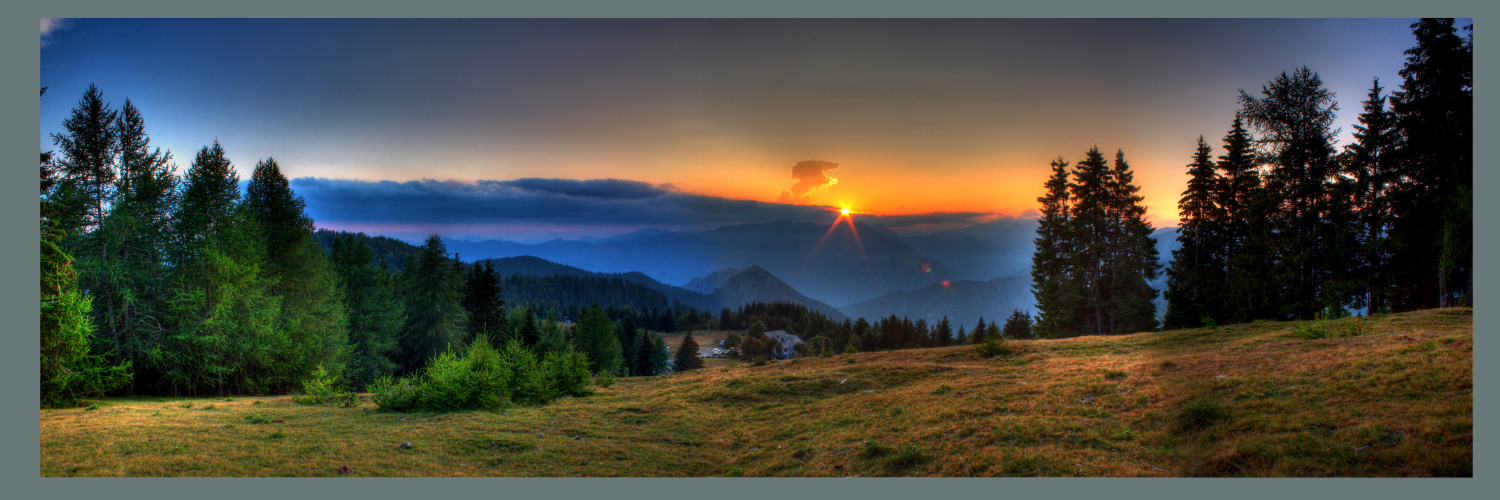
Crosses in Postwar Germany
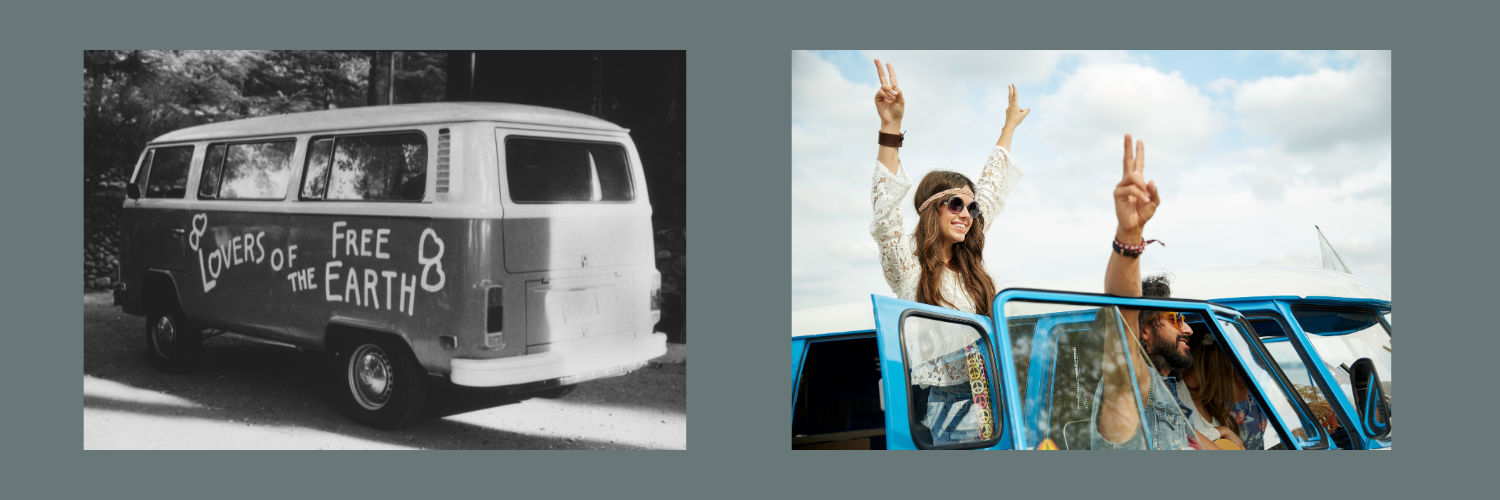
Generation 68 and New Age
My German experience finds echoes in the film „The Miracle of Bern“, where a soldier coming from captivity as a prisoner of war in Russia treats his little son brutal at the beginning. The story ends on a happy tone, with the little boy becoming a world football star.
In the late ’60s, the generation sought new lifestyle models and cultural criticism. Hippies, peace advocates, and social reformers emerged, adopting left theories. The religious aspect manifested in the mass exodus from the church.
Today, in my shamanic circles there are many who keep their original religion and integrate it into the shamanic worldview. The mesas, our personal altars, include all other altars of the world. Our lineage will feel awe and reverence in the cathedral of Notre Dame de Paris.
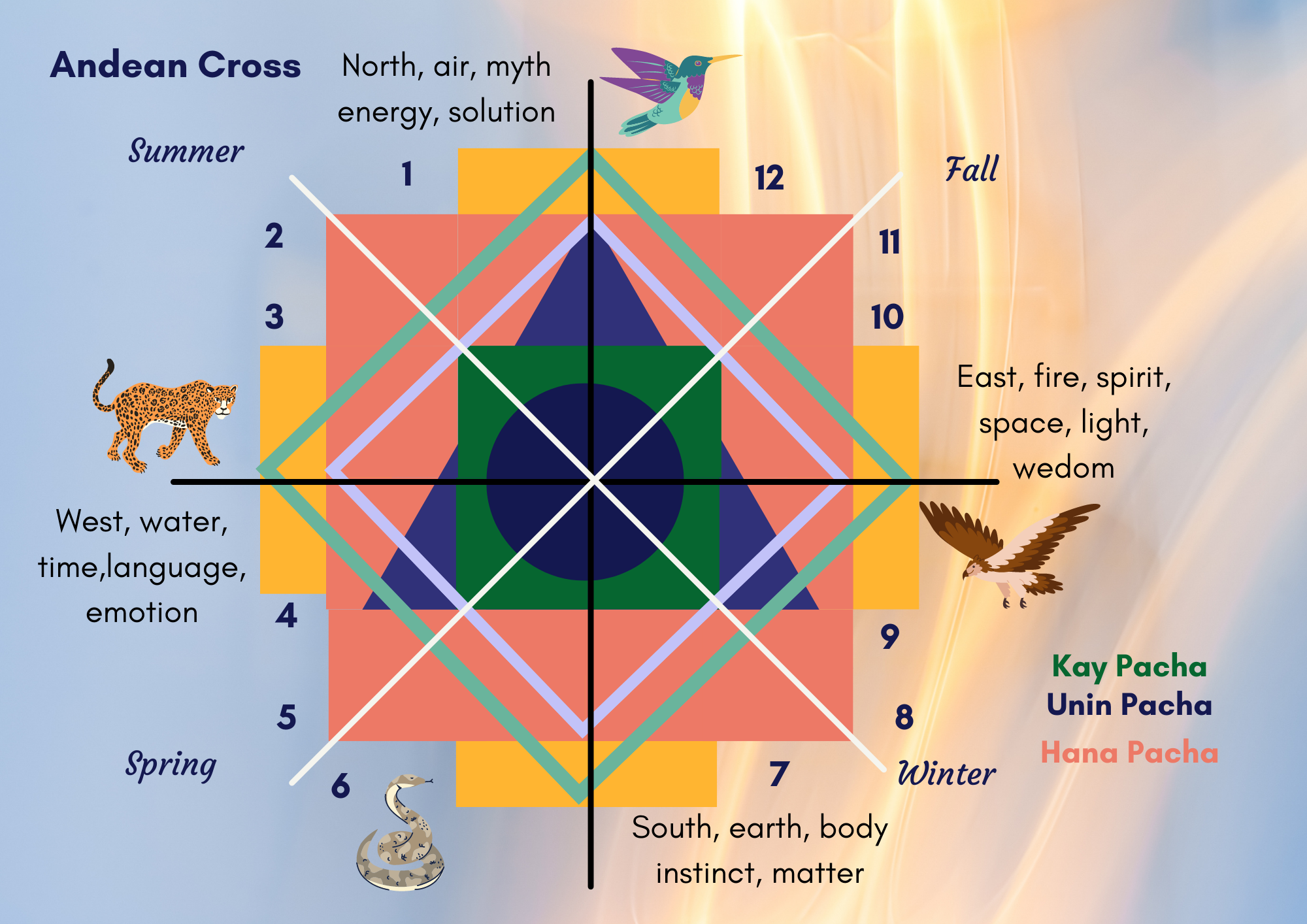
You want to know more about the Andean Cross and the Medicine Wheel?
